
Johnny B. Good
-
Posts
27 -
Joined
-
Last visited
Content Type
Profiles
Forums
Resource Library
Events
Gallery
Blogs
Store
Community Map
Posts posted by Johnny B. Good
-
-
14 hours ago, Colin R said:
Hi All
Following on from my Cork Blackrock and Passage thread, I am also trying to find any photos and or extra details about the original 27ft coaches, mainly the brake 3rds, I am told there are no early photos available, but I do find that hard to believe with all the different photographers that visited the line back then.
Hi Colin,
You probably have these already but just on the off chance you don’t, the first three from Rowland’s book. The last is from New Irish Lines.
The carriages all seem to have been made by Bristol CW & Company, and I’d be surprised if they did not manufacture similar or identical carriages for lines in Britain? I haven’t gotten the chance yet but I’ve been meaning to look into that company and what other lines they manufactured carriages for as I’d imagine there’d by way more photos for carriages of contemporary lines in the UK. And with all the railway societies, etc. maybe someone somewhere has a lot more photos or drawings of these.-
 6
6
-
 1
1
-
 1
1
-
-
On 13/5/2023 at 5:18 PM, Sleeper said:
I know this was posted awhile ago but I just saw these on eBay - maybe they’d be of use?
-
 3
3
-
-
14 hours ago, Mayner said:
A bit of self-promotion JM Design produce models of the 1917 Open Wagon and Van in later GSR/CIE condition in CKD (completely knocked down) form.
The principal differences are that the Open is on a later GSR design of underframe with open W Irons and both types of wagons are fitted with heavier self contained buffers.
If anyone is interested I can supply the Open Wagon body with the GSWR van chassis for modellers interested in reproducing the opens supplied with "plate back axleguards" by Metropolitan and other builders to the GSWR, Bandon, Midland and other Irish companies following WW1.
High quality spindle buffers with blackened brass heads are available from Dart Castings in their MJT range,
As you guys say - fair play to ya - your models are fantastic Mayner! I’m hoping to get one of these soon!
-
 1
1
-
 1
1
-
-
-
-
On 18/6/2023 at 6:57 PM, jhb171achill said:
Tankers - good question; but unlike rural areas in Britain, we didn't have milk tankers hyere - milk travelled in churns in vans, ideally ventialetd ones but in winter any sort of goods van would do.
As for petrol, little or none; petrol was carried in canisters, again in wagons.
In my next book I will be describing a raid on wagons carrying petrol for the British Army use in Loughrea in 1920 - this cargo was of significant size, but was housed in ordinary goods vans.
Hopper wagons were all 4-wheeled and only used (perhaps obviously!) on ballast trains.
In a rainy country, the vast majority of wagons on normal trains were goods vans, either with full roof or the so-called "soft-tops" - officially convertible vans. Opens of all numbers of planks were on most goods trains too, but would usually be in the minority. 4 and 5 planks were the most common.
On fair days, out came the cattle trucks. Depending on local cattle marts, these could be just 2 or 3 in the regular goods train, or perhaps 100 or more loaded at a single location and despatched in a number of special trains, which could load to over 40 wagons and van.
And yes, Leslie's GSWR goods brake is superb; two of these are at Dugort Harbour.
So Jonathan if I focus on making/getting the centre canvas vans, cattle trucks and 5 plank wagons, my next question is just: was there any uniformity in length, width or wheel distance with these three? Some cattle trucks look huge and others look smaller to me. And some model kits (like Slater’s) the dimensions between different types seem identical. Were the roofed vans the same as the canvas vans just with a full roof? And did the GS&WR have a unique Horsebox?
Thanks,
John
-
Hi Guys,
I hope you are all well. In my slow but continuing research into the GS&WR I came up with a question I thought I’d ask you experts: I’m trying to come up with a list of what you might have seen on any given day pre-GSR days.
So so far this is my list and apologies if I’m not using the right names for them all:Centre Canvas Goods vans
Cattle wagons
5 plank (coal?) wagons
3 plank wagons?
2 plank wagons
Brake van (thank you Leslie! Lol)
Hopper wagons
Petrol tankers.
JB had told me that starting out I should concentrate on getting the first 3 above (as that was what you’d probably see most often), and I have. But something just got me thinking recently what else you might have seen coming down the tracks back then. Like for example would you have seen dairy tankers? I know in places like Kerry the milk was brought to the local creamery but from there was it loaded onto tankers?
I did try to find a list like this somewhere online but couldn’t. But, a while back Mayner gave me a great explanation about the Petrol tankers so I just thought ask about others here.
All the best,John
-
 1
1
-
 1
1
-
-
On 11/6/2023 at 4:03 AM, Mayner said:
Try contacting Branchlines directly sales@branchlines.com or ++44 (0)1373 82 22 31.
The Tralee and Dingle 2-6-0T kit and Isle of Man loco kits were listed in their March 2021 catalog/lists.
Thanks Mayner I’ll give him a call.
John -
I know this is a long shot but I’m looking for the T&D locomotive kit that used to be available.
The T&D horsebox as well.
Thanks,Johnny
-
On 27/12/2014 at 8:54 AM, Riversuir226 said:
Mayner,
I’m sure I’m being more than a bit dense here but are you saying that you can convert this model:

into something looking more like this model?:
I’m only asking because I would also like to get a model that’s more typical of the period 1900-1927, and I just found a cheap Airfix a model I could get!
Johnny-
 1
1
-
-
On 19/9/2021 at 2:12 PM, Colin R said:
Hi Guy, a question or two from a friend in the states
Three long-shot questions for the members:
1. Might anyone know of a source for drawings or an illustrated folk culture study of traditional Irish donkey carts? I'm particularly interested in any regional variations between the Cavan & Leitrim Railway region, Kerry, and southern Cork. My Irish folk culture books and Irish agrarian history books are falling short.
2. Do any makers of kits (Anscorton, Langley, others) offer a kit for a cart that matches a specific Irish design?
3. Might anyone be able to recommend a published source of the history of cattle-raising in the Irish Midlands or in Kerry? I'd like to collect some details about the breeds and appearances of cattle that the C&L, the MGWR, and the TDLR hauled, to ensure authentic miniatures.
Thank you in advance for any guidance.
Martin TuohyTinley Park, Illinois, USA
Hi Colin and Martin,
I’ve taken a long time to try and respond and I apologize but there was one book I had that I just couldn’t find until yesterday and I needed it for this.
So here are a bunch of photos I’ve collected over time because I’ve been interested in this for modeling purposes too. I tried to get them in some kind of coherent order for you but didn’t quite make is
But as you can see it looks like there was a basic flat platform with 2 uniquely carved beams. But then it looks like you could add side boards and or a back board as well as needed it.
My layout is in Kerry and there are different breeds of cows but the one most unique to Kerry are...Kerry Cattle (https://en.m.wikipedia.org/wiki/Kerry_cattle) There are Holsteins and all that but for my cattle drive I just used black cows because Kerry Cattle are black.
I’ve used Langley models for a cart they have one that if you leave the front board off is pretty close to the Irish version. I’d like to try that blue one below from dart castings. Just have to modify the beams. The last one from Shipyard I just found I’ve never heard of them before but again it looks pretty close with the front removed.
l hope these pics, as late as they are, help.-
 7
7
-
 1
1
-
 4
4
-
-
On 2/3/2023 at 6:12 AM, Tullygrainey said:
Some more info Patrick. Starting with the outside W Irons.
I used MJT etches from Dart castings to make these. The one to choose is 2299 Compensating Wagon W Irons (RCH/GWR type) which has the horseshoe shaped bits needed. The pack comes with 4 of these etches if memory serves. Only some of the parts are used.
Some delicate 'editing' of the required bits and a touch with a soldering iron gives you this...
The open wagons were the easiest to do - a kitbash of the Slaters 4mm Midland Railways 3 plank dropside (Part no: 4029). Just glue the new bits on...
The covered vans are based around resin casts from a master made with scribed plastic card, 1.0 x 1.5mm plastic strip (I used Evergreen 143) and 0.45 brass rod. The various brackets and strips are made from bits of sticky address label with rivets embossed.
Here's the master for a side and the silicone mould made from it...
And here are the resin casts for one wagon...
For springs on these, some MJT white metal castings (MJT 2249: Midland Axlebox with spring); Everything attached with epoxy.
The underpinnings are a bit primitive. Because of the dimensions I used for the ends, the standard 26mm pinpoint axle isn't long enough to reach the axleboxes.
This is the brake van. No brakes yet, bit of an oversight in a brake van
 .
.
On reflection, it might be better to make up longer axles from 2mm rod and grind pinpoints onto the ends. If I'm honest these guys look better than they run.
Cheers
Alan
Really amazing stuff Alan!! Do you mind if I ask what (brand? I guess) you used for the mold and resin casting? I’ve been thinking of doing something similar but I’ve tried resin casting before (with non-train models), with mixed results.
-
 1
1
-
-
On 19/9/2021 at 2:12 PM, Colin R said:
Hi Guy, a question or two from a friend in the states
Three long-shot questions for the members:
1. Might anyone know of a source for drawings or an illustrated folk culture study of traditional Irish donkey carts? I'm particularly interested in any regional variations between the Cavan & Leitrim Railway region, Kerry, and southern Cork. My Irish folk culture books and Irish agrarian history books are falling short.
2. Do any makers of kits (Anscorton, Langley, others) offer a kit for a cart that matches a specific Irish design?
3. Might anyone be able to recommend a published source of the history of cattle-raising in the Irish Midlands or in Kerry? I'd like to collect some details about the breeds and appearances of cattle that the C&L, the MGWR, and the TDLR hauled, to ensure authentic miniatures.
Thank you in advance for any guidance.
Martin TuohyTinley Park, Illinois, USA
I don’t know if you’re still looking for answers to these (as it was 2021) but if you are I may have some info for you that might help.
Johnny-
 1
1
-
-
Hi guys, I hope you’re all doing well. My little Kerry railway line is coming along like a loco going up Mt. Brandon lol. Just a quick question since, again, I’m totally clueless…I got the Alphagraphix GSWR canvas van, and put it together and I just wanted to ask (thinking maybe someone here has made these) what kind of under carriage should I use on these? I have a 7 plank wagon which broke off the base and putting the Alphagraphix model on top of that it looks like a perfect fit. So I’m wondering what kit would match that. Do you think this kit would work:

Thanks again for your help,
Johnny
-
 1
1
-
-
On 3/9/2022 at 3:15 PM, Westcorkrailway said:
Perhaps number 90 could have been something to pick up?
I’m really sorry I only now just saw this….yes I’d definitely like to get that but do you mean an actual model of it or something similar like this. (I know this isn’t a great example but):

For now I’m trying to do this buying used stuff that’s close but not exact. Though someday I would like to get the authentic models.
Johnny
-
On 18/9/2022 at 5:55 PM, leslie10646 said:
Johnny, I'm pretty sure that the answer is give 'em 12 volts (just like HO) and watch 'em go!
Mind you I was thrown out of the Queens Electrical Engineering department (and never looked back.....)
That sounds good! Lol
-
 1
1
-
-
On 10/9/2022 at 4:14 AM, jhb171achill said:
Actually, those are not at all unlike one style of GSWR design! They’re actually the best fit there is of anything ready to run that there is.
And at the equivalent of €155, not too hard on the wallet.
I’m planning to get one of the full brakes myself.
Thanks again everyone for your help. My next question would be track and power. I’m in the U.S. and there’s tons of used HO track out there and I know OO can run on HO but are OO trains compatible with the power systems used by HO trains?
-
14 hours ago, jhb171achill said:
Actually, those are not at all unlike one style of GSWR design! They’re actually the best fit there is of anything ready to run that there is.
And at the equivalent of €155, not too hard on the wallet.
I’m planning to get one of the full brakes myself.
That’s great! Thanks for all your help or I would never have even spotted these when I was surfing the web.
16 hours ago, Galteemore said:Let’s be realistic here. What I think you want is an atmospheric Irish type layout which conveys an image - rather than being a dead scale replica. If you are using 16.5mm 00 track and adapted English stock then that is absolutely fine and a perfectly valid modelling posture. In that case, the 6w coaches could be a passable GSWR consist (not the 4w). Devote your skills to making an Irish setting with appropriate buildings and scenery and these coaches will look grand.
Thanks Galteemore, that’s how I’ll go about it then.
-
 2
2
-
-
14 hours ago, jhb171achill said:
Hi Johnny!
OK, your questiions: all trains had to cater for 1st, 2nd and 3rd class passengers. Companies in Ireland started abolishing second from 1914 onwards, so that by the GSR era (1925-45) there was only first and third on most lines. The MGWR had already done away with it, but the GSWR kept it to the eamalgamation, but the GSR abolished it everywhere in 1930. If you're modelling in the GSR era after 1930, you won't have to worry about 2nd, nor fiddly liveries, as you'll have plain maroon with simpler lining on coaches and plain grey on locomotives and wagons.
So, they would provide accommodation for each according to deman. On many rural lines, almost nobody travelled first class, whereas third class was the choice of the vast majority; a few bowler-hatted travelling salesmen and better-off farmers would be in 2nd. Therefore, carriage accommodation reflected demand.
Almost never was more than one first class coach needed - even on the main lines. One second usually was enough as well, with as many thirds as needed making up the rest of the train. Most companies had a stock of carriages of each class, so that a branch or secondary line train would typically have one 1st, one 2nd, and one or two 3rd class. However, there were many "composite" coaches, or "compos" as the railwaymen called them. A compo could be part 1st / 2nd, part 1st / 3rd, or even part 2nd / 3rd. A TRI-compo had at least some accommodation for all three classes. There were certainly 1st / 2nd FOUR wheeled compos way back on GSWR lines.
So you might get a line where the powers that be took the view that never in all time would there be enough first class fares to fill more than a compartment or two, so they'd put a compo or tri-compo on that line, with maybe two compartments of each class, and string this along with a couple of thirds.
As far as the van was concerned, this again was adapted for likely use. Most companies had a stock of coaches with a guard's compartment and brake plus a large luggage space, with no seating at all - plus a stock of vehicles with maybe half or a third of the coach given over to the guard and luggage space, and two or three first, second or third class compartments at the other end of the coach. So a coach with guard/luggage at one end, and lets say two 2nd class compartments, would be a "brake 2nd". There were brake 1sts, brake 2nds, brake 3rds - and yes, brake compos; even brake tri-compos, where you've a need on a lightly used branch line for very little passenger seating. They might stick a full 3rd with a brake tricompo, the latter maybe having only onle compartment of each class, plus the brake. So a full brake has no passenger accommodation at all. In GSWR terms, most designs had the guard's compartment in the centre, with double doors for parcels or mailbags either side. A brake 3rd will have one set of double doors, a guard's compartment, plus (with most GSWR designs) either two or three 3rd class compartments.
I must add that in all of the above, I'm referring to six-wheelers, though the precise equivalent (albeit with even MORE variations) was very much the case as the railways changed over to bogie vehicles. All six-wheeled passenger coaches were either non-corridor, or in a very few cases on the MGWR and GSWR, internal-corridor - that is, you could walk up and down a side corridor inside the coach, from one end of its 30ft length to the other, but not from it into the next vehicle.
Now, all of that reprseents a truly bewildering variety, which is actually the best way of illustrating the substantial lack of any standardisation. Within a fleet of only a few hundred vehicles, there could be fifty variations.... so how do we convert that into your model?
The answer is simple, and good news. If you're planning a GSWR layout, you've two choices. One is to spend a lifetime obtaining definitive information on which vehicle ran where, obtaining drawings, making models of each yourself, etc etc etc.... OR, going freelance, which is quicker and cheaper and has no rules to stick to! I see you're doing the latter (you'd need to live to be 120 to do the first), so your four wheelers and various repaints of "old-looking" coaches will make a very satisfactory start.
The GSWR did indeed have "lavatory" coaches. Most were 1st and 2nd, few were 3rd. I guess that 3rd class passengers just had to cross their legs. Toilets were being fitted in carriages on some lines going back to the late 1870s, though in earlier coaches only in 1st class areas. The GSWR introduced their first "lavatory" coaches in 1882, these being 6-wheeled 1st / 2nd compos. No six-wheeled 3rds, even those which lasted into the 1950s, ever had toilets.
Unfortunately for the modeller, there is no British design of cattle wagons which is even remotely close to anything Irish. Most are too long a wheelbase, and all are of utterly different designs. Really you're looking at kits there - while there isn't one of a specifically GSWR design, Provincial Wagons' GNR or SLNCR cattle wagon - inexpensive and very easy to build - is as close to a GSWR design as is necessary for you. With cattle being a very large part of rural railway traffic in all areas and on all lines in the past, cattle trucks are as necessary to create the right scene as a locomotive is to pull a train.
The reason that second class coaches are elusive is that they were disappearing from many lines a century ago and more. The LMS(NCC) was the last company to retain 2nd class, right up to the 1940s.
I hope the above is helpful.
Yes, very helpful thank you.
I just came across these after I had posted and - they’re in crimson lake - would any of these be any good for a GSWR train?
https://railwaymodels.uk/product-hattons-h4-46pack-501l-pack-of-4-coaches-6bt-4x6cl-6t-6t-in-lms-crimson-lake-with-working-lighting -
On 6/9/2022 at 7:45 AM, jhb171achill said:
Hi Johnny
Thats great news - 4 x 8 will give you an excellent start. Forgot to add - one of our esteemed members here does a kit for a GSWR signal cabin, and there’s also a model of Carlow station (GSWR) available. Someone here will provide links perhaps - must try to look it up.
Yeah! I’d love to see those. I have some more complete newbie questions and again I apologize because I have looked all through posts on this forum and you guys really do this on an amazing, professional level really.
So you had said:“If it is four coaches, there's:
a first, second, and two thirds
and a full brake…
or a first, second, third
and brake third.”
Can you tell me what the difference is between a full brake and a brake third?
Another thing is, when looking at coaches I see 1st and 3rd class coaches but I never seem to see a “2nd class” coach - would it just look like a 1st or 3rd class with “2”’s on it? Or is it if there’s a 3rd class car after 1st and before another 3rd, then that car is “2nd”? I just can’t figure it out! Lol
Did the GSWR have 6 wheel “composite lavatory (1st/3rd)” coaches? Or was that something that did not come along until after the GSWR?
And then lastly, were Irish cattle wagons back then the same as British cattle wagons? I’ve found a few used ones but I don’t know if they’re what the GSWR would have used or if they too would need modifications.
Thanks in advance.
Johnny
-
15 hours ago, jhb171achill said:
If it’s 1910-30, the livery is easy - plain grey locos, no lining (or lined black, a la LNWR).
Carriages a very dark brown brownish maroon - the LMS-style maroon didn’t appear until the mid-30s.
That’s great to hear. And I did look up the trains you mentioned to see the livery so I do see what you mean. And my table is 4’ x 8’
16 hours ago, Westcorkrailway said:In my head
A gswr A dean goods or “English” J15…maybe even slightly modified
A GSWR livery no.90
coachesa rake of the new Hornby/Hattons 6-wheel coaches. The LMS livery might be similar
those bogey coaches are very cheap and do have the wrong roofs….but hopefully somone will fix that with a 3D printer sometime soon
Thank you!
-
12 hours ago, Northroader said:
Johnny, when you’ve got your engine and wagons and coaches, any thought as to where you’ll be putting them, and what sort of space you’ll be using?
I have a large but beat up, rectangular shaped, wooden table that I plan on using. And I was planning on just doing the basic kind of two half circles with two parallel lines to start. At one end I’d like to make a street from a town and then at the other end a rural village with stone cottages. There’s something about the time period of 1900 to 1930 that I just like all the machinery - the trains, the cars, the planes, and I’d like to incorporate all of that in the layout.
-
 2
2
-
-
On 3/9/2022 at 4:30 PM, jhb171achill said:
A few observations on your initial post:
"....I’ve read that GSWR cars were painted, at various times, purple, grey, light brown and green. So I was hoping my life would be easy and I could just get Hornby GWR brown/cream coaches or the GSR green coaches...."
The "purple" was actually the "crimson lake" I mentioned above rather than actual puyrple, as such; see pics of coach 836 at Downpatrick. The RPSI have two coaches restored that way too - 1142 & 351; but not on display.
Wagons were grey, not carriages.
Nothing on the GSWR in the way of rolling stock was ever light brown or green, though locomotives were green as described above prior to 1900.
Those Hornby bogies you mention - again, not like GSWR types, though with a flat roof fitted instead of the clerestorey they come with, bear more than a passing resemblance to two Waterford, Limerick & Western vehicles which actually ended up in GSWR hands.
Green on coaches (and some locos) was used by CIE rather than the GSR, whose carriages were maroon latterly; green on coaches therefore post-dates the GSWR by twenty years. However, if like me, you chose to model a FORMER GSWR line as it would hve been in the 1950s, then one of the two CIE green liveries is yer only man.
Thanks so much for all that info in your posts, I’m still reading through it! And definitely has saved me from a lot of mistakes. I really appreciate it.
-
 1
1
-
-
On 3/9/2022 at 3:15 PM, Westcorkrailway said:
Perhaps number 90 could have been something to pick up?
Yes from what I’ve read that would be a good one too. I’ll have to add it to my list!
.png.c363cdf5c3fb7955cd92a55eb6dbbae0.png)
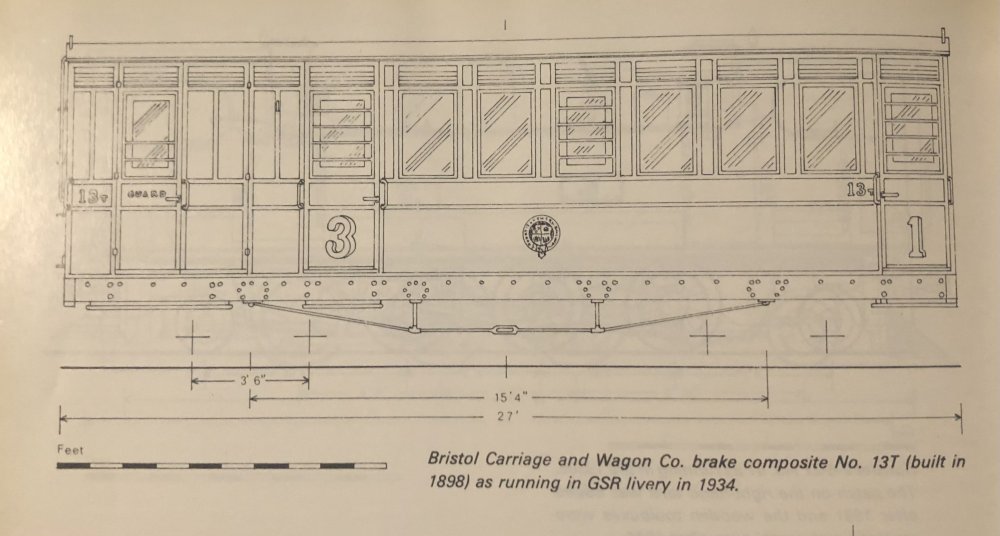
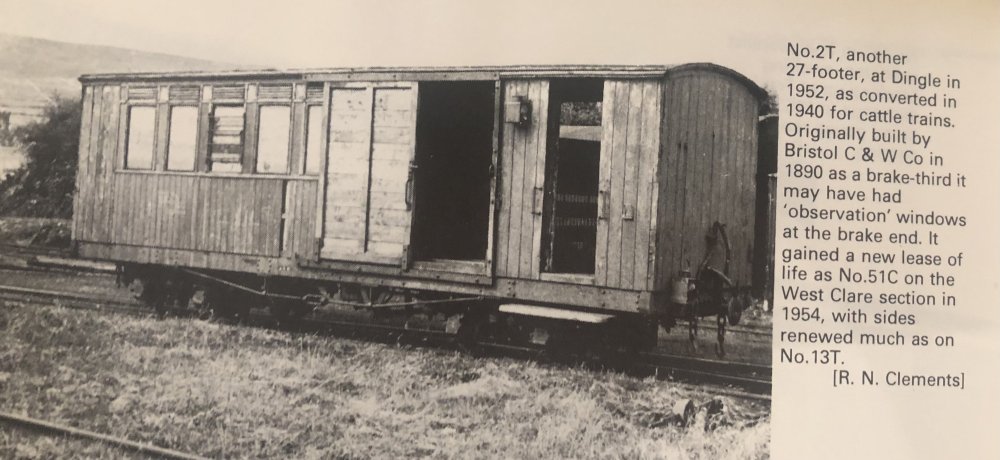
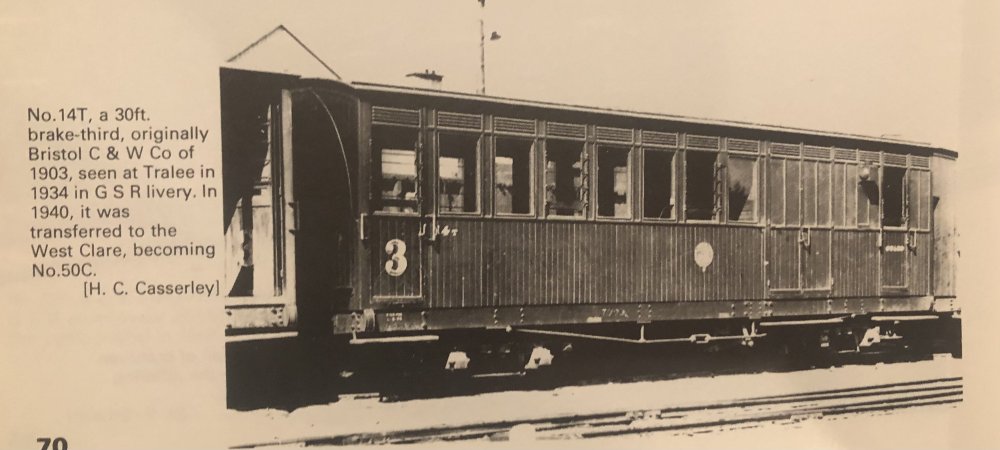
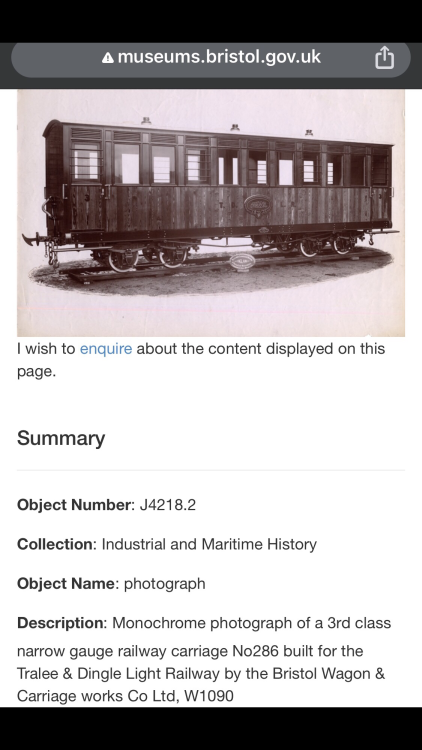
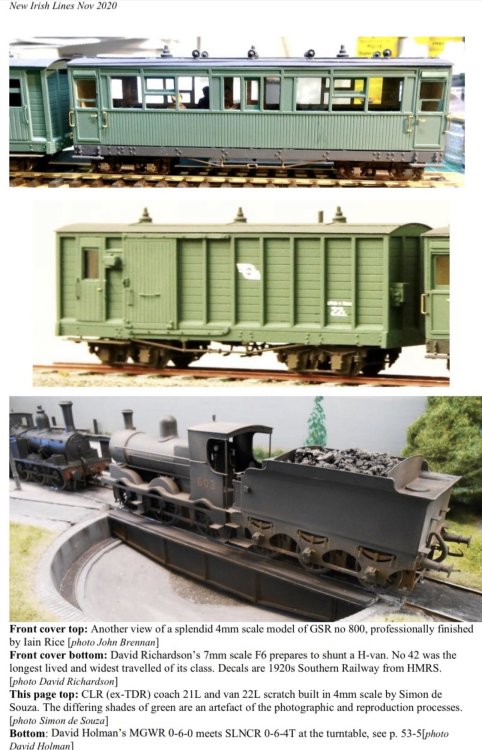
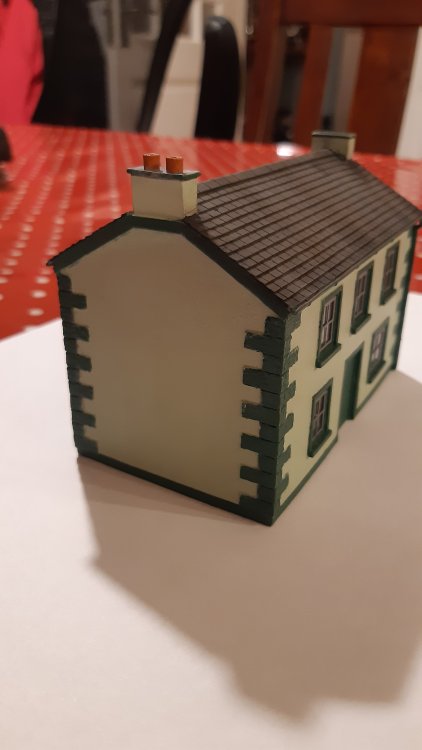
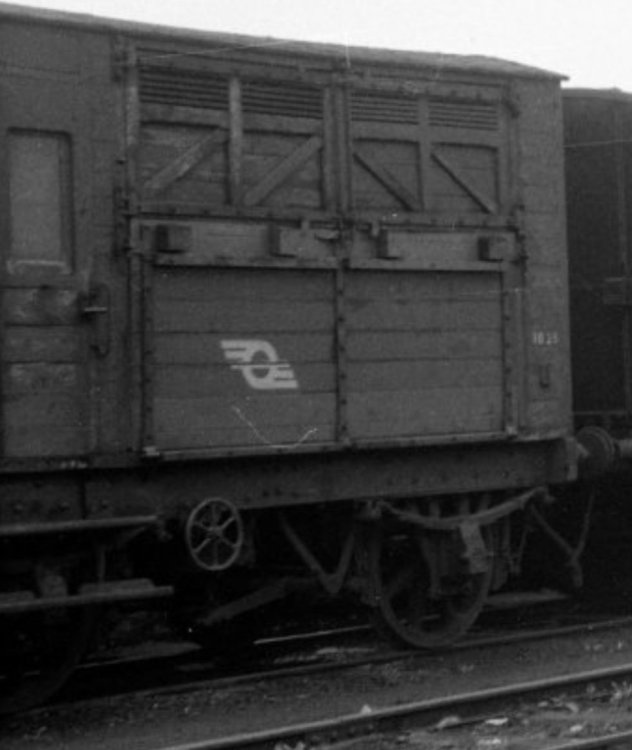
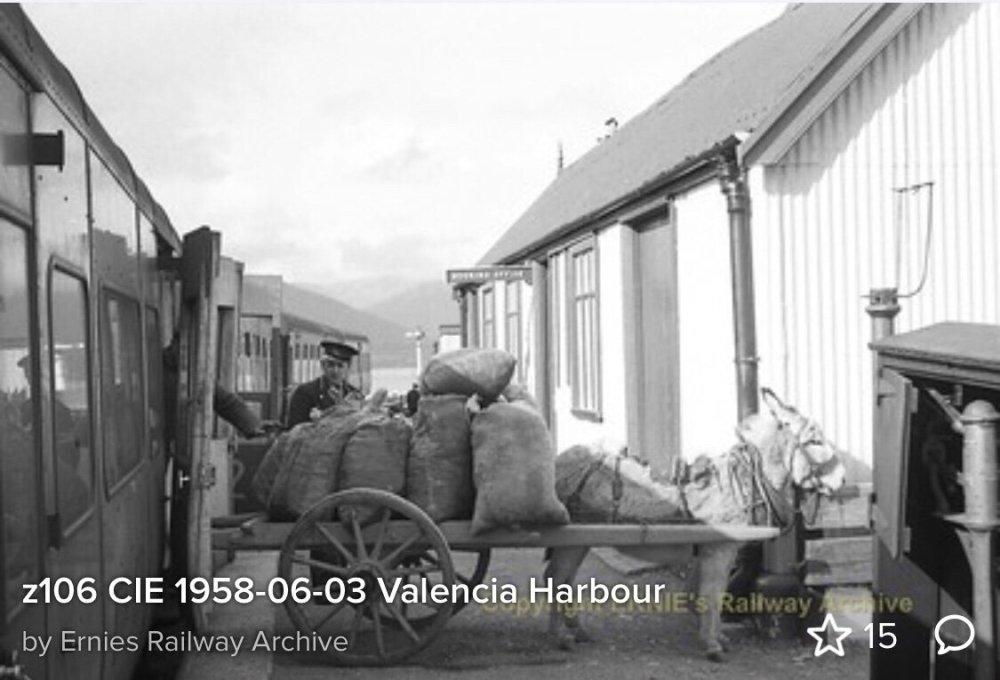


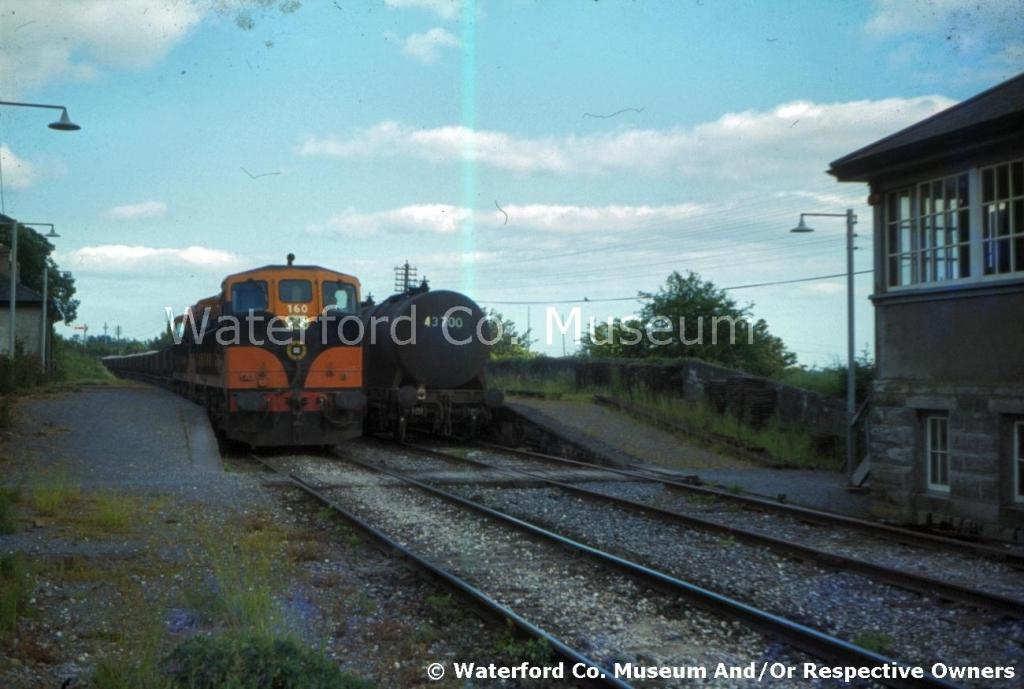
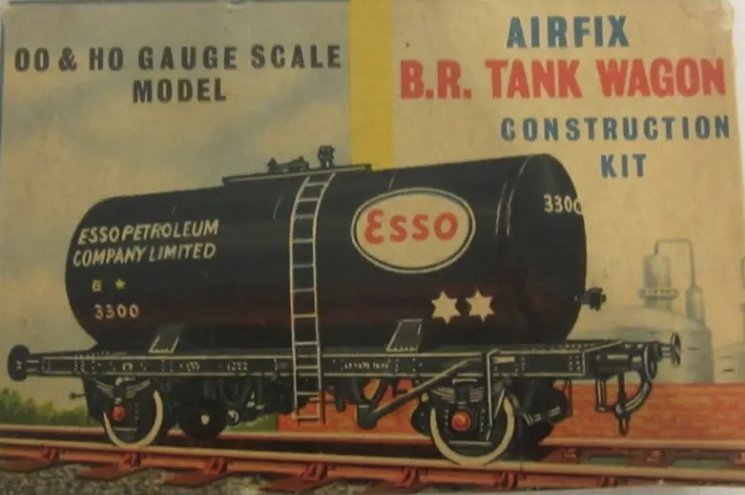
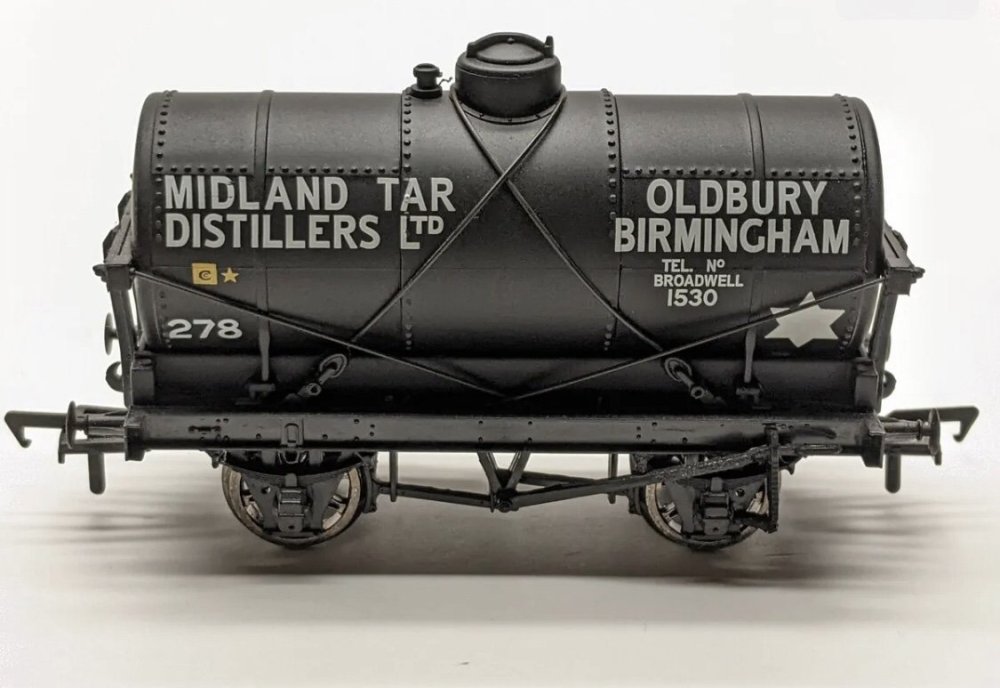
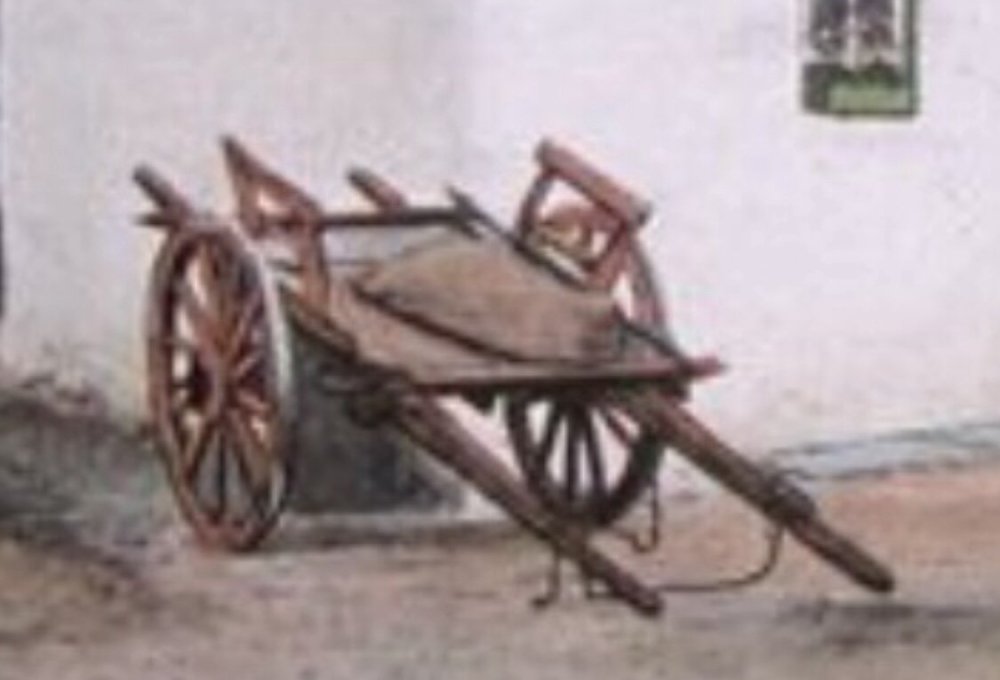
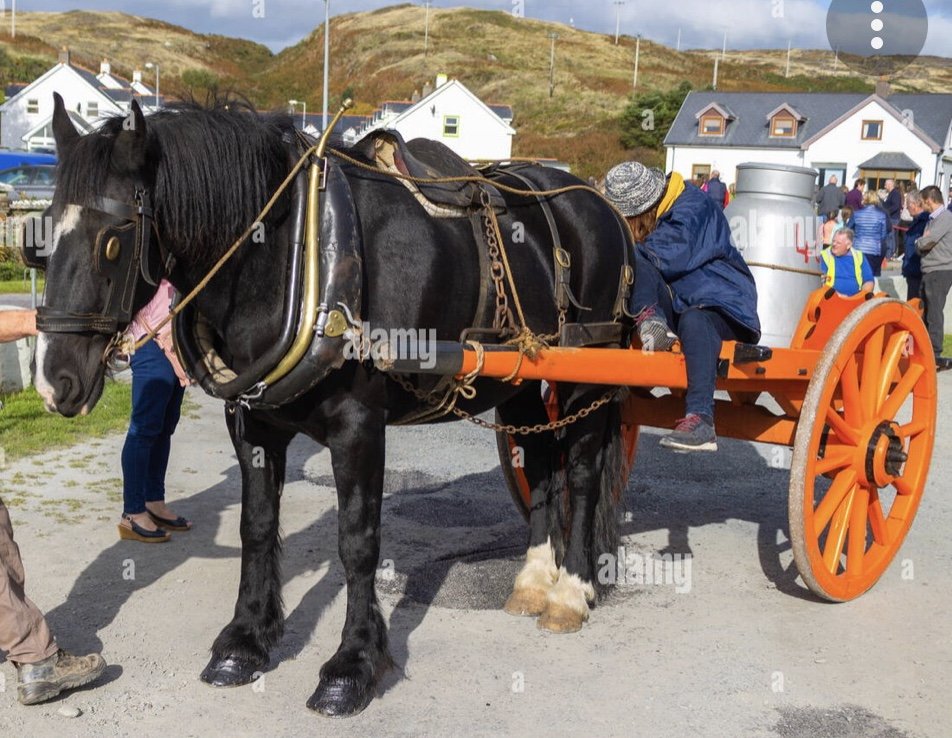
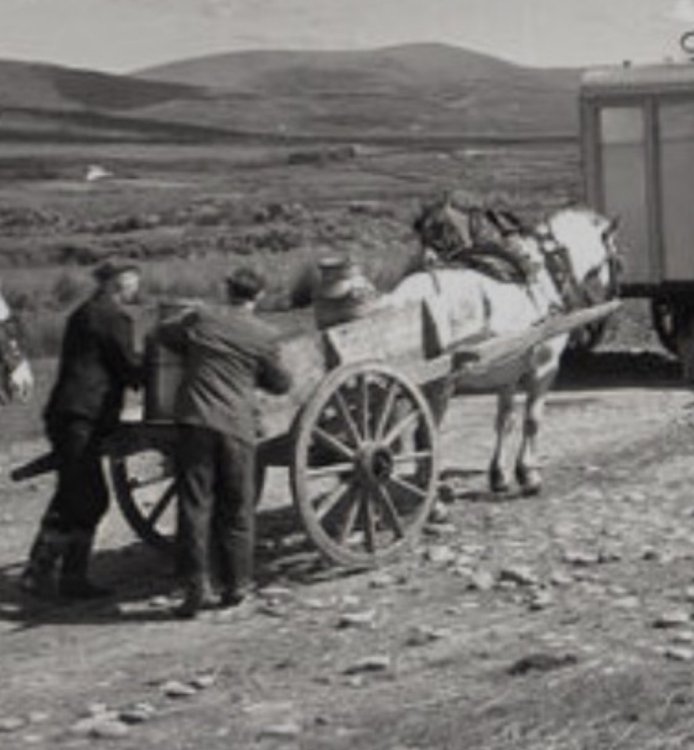
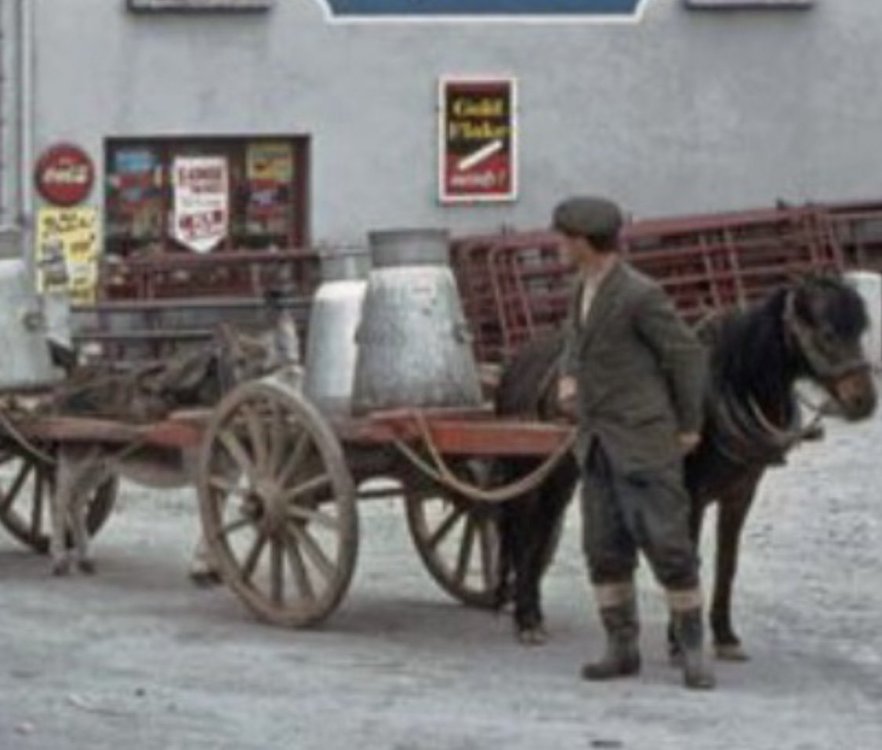
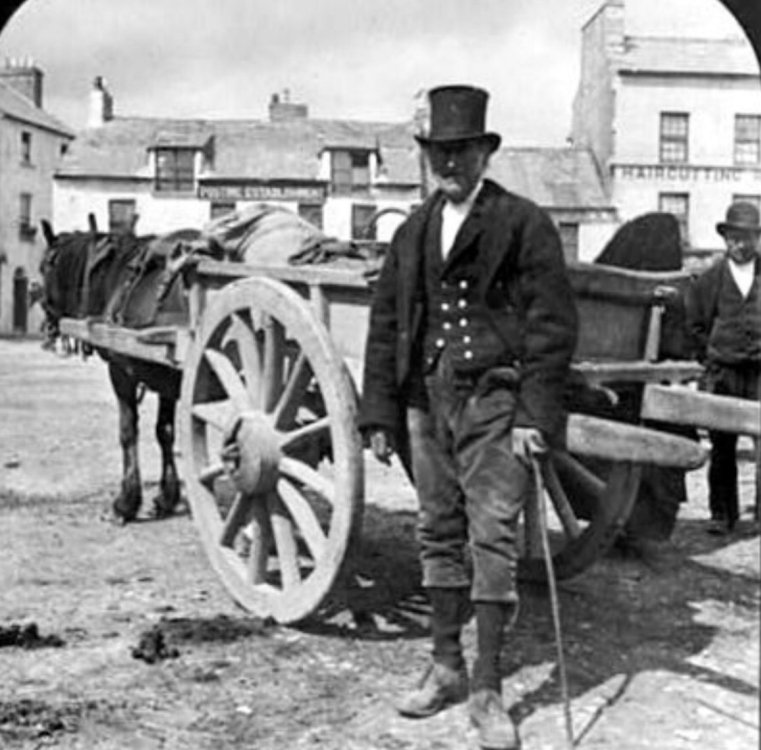
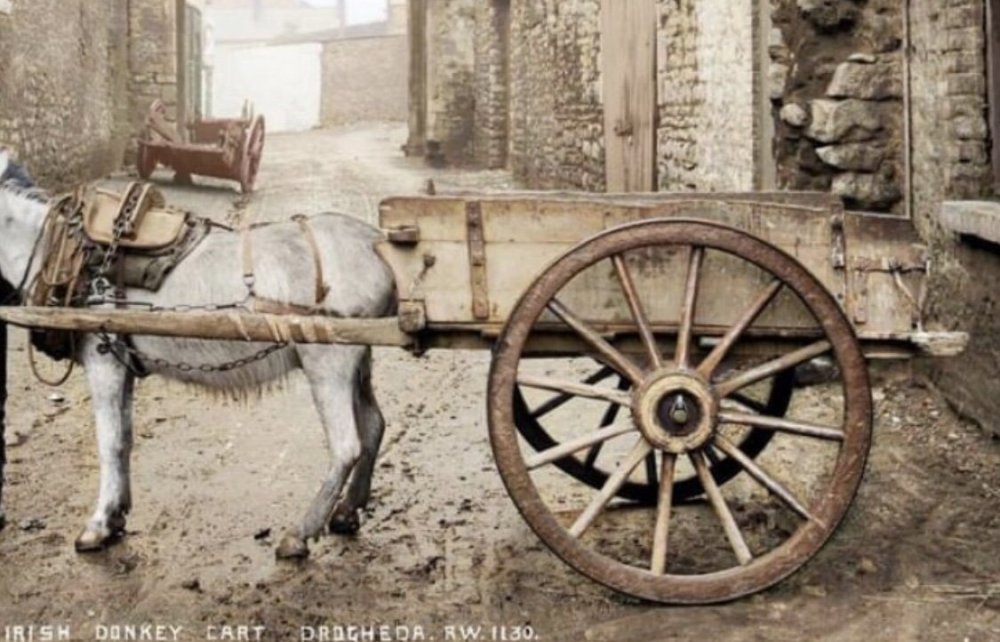
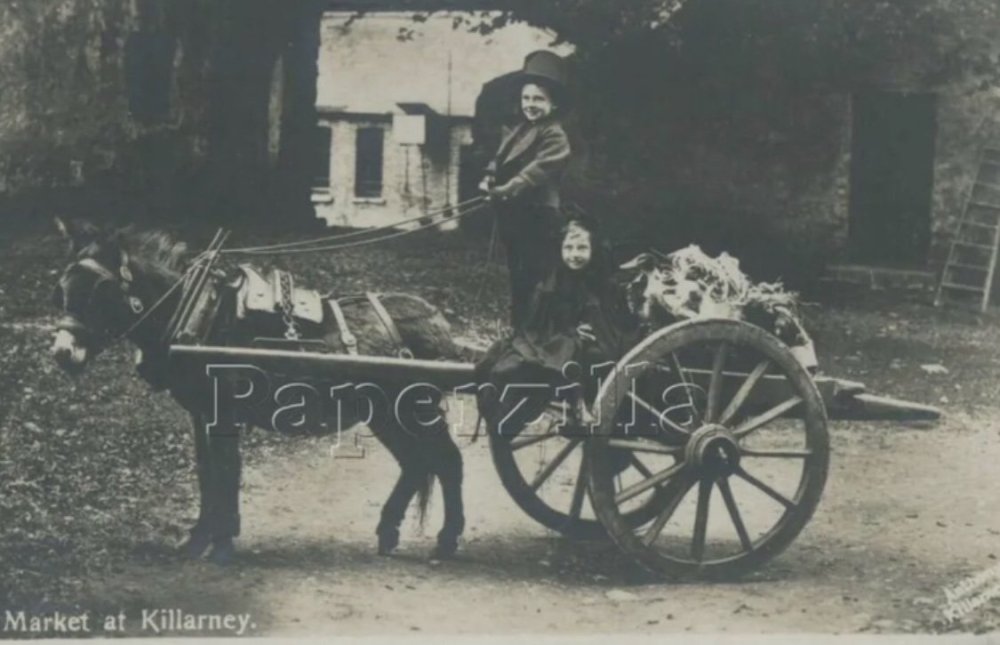
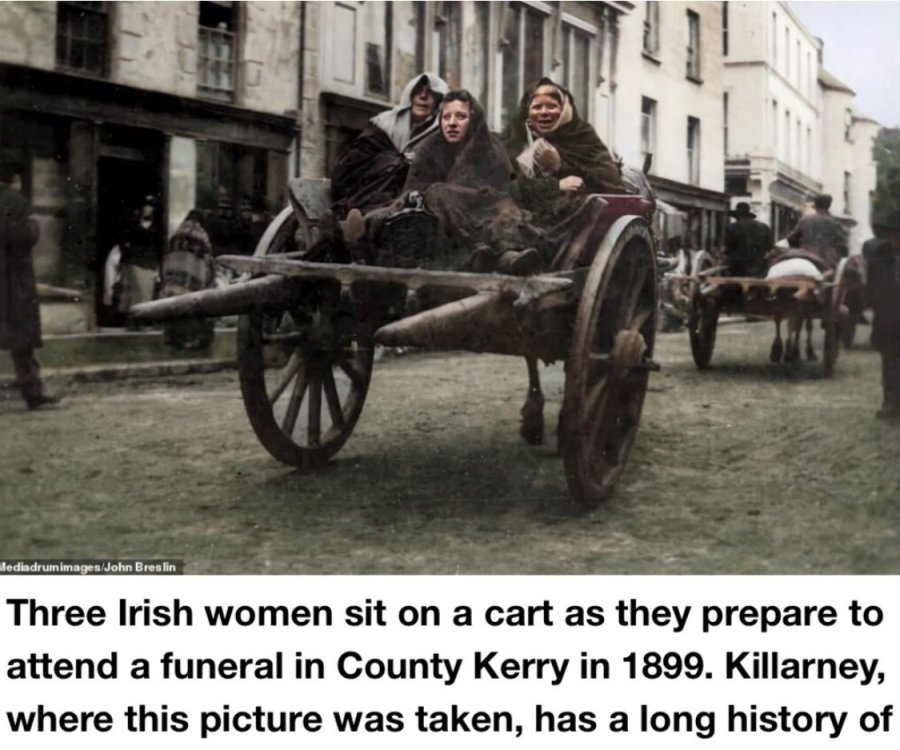
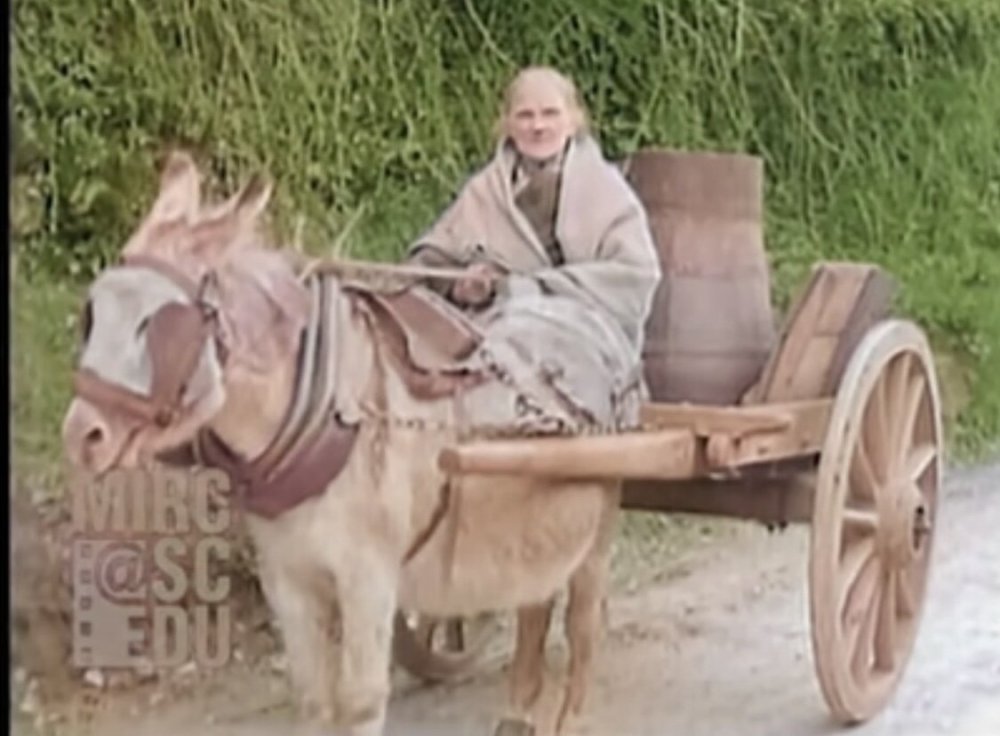
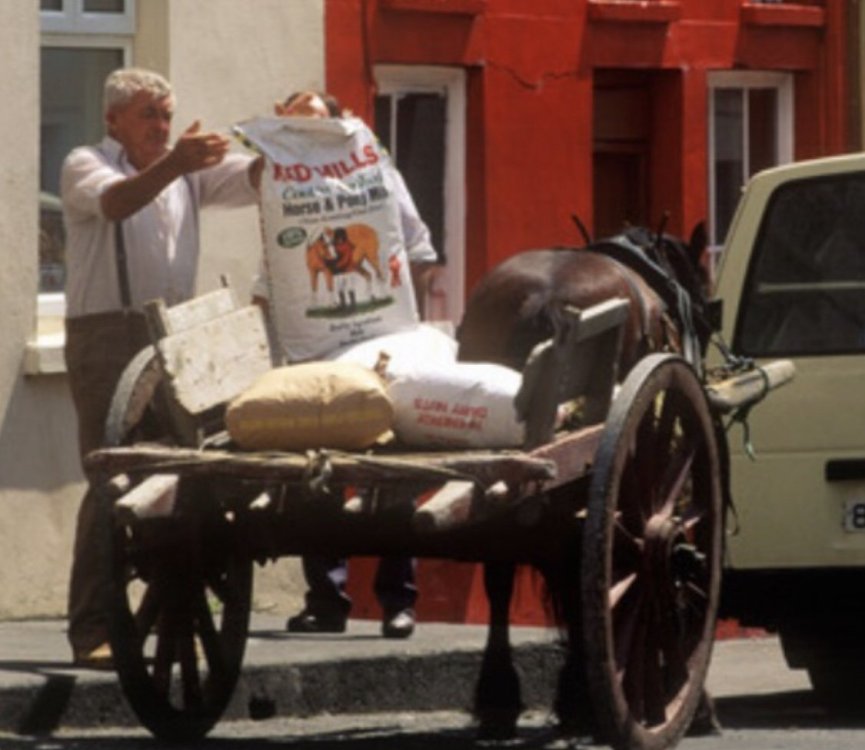


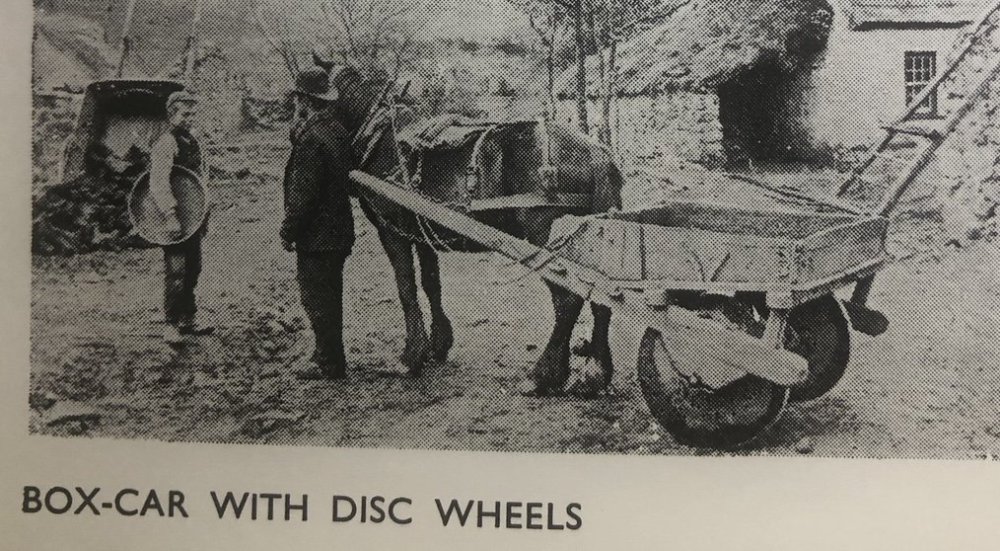
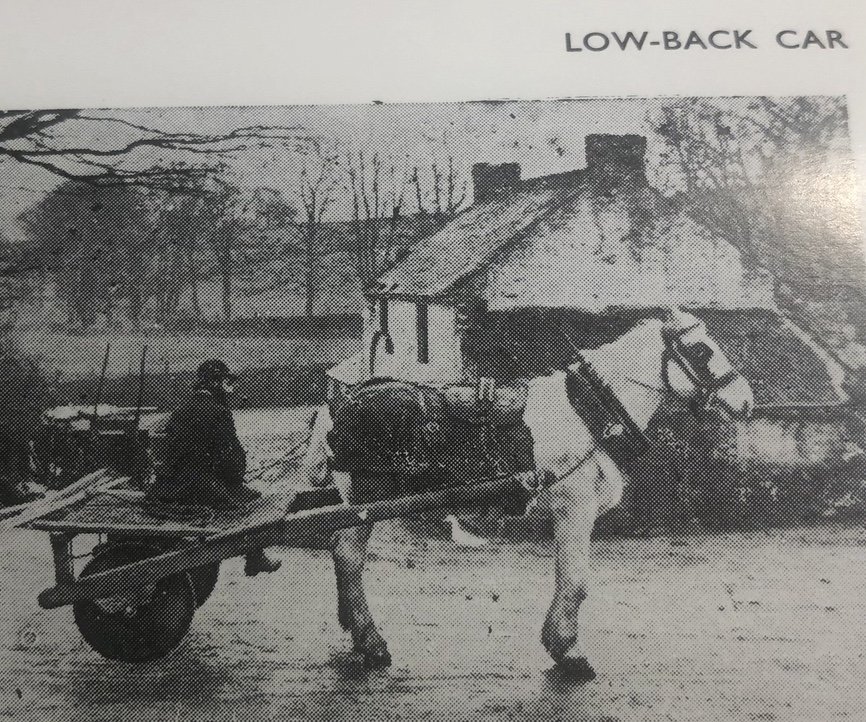
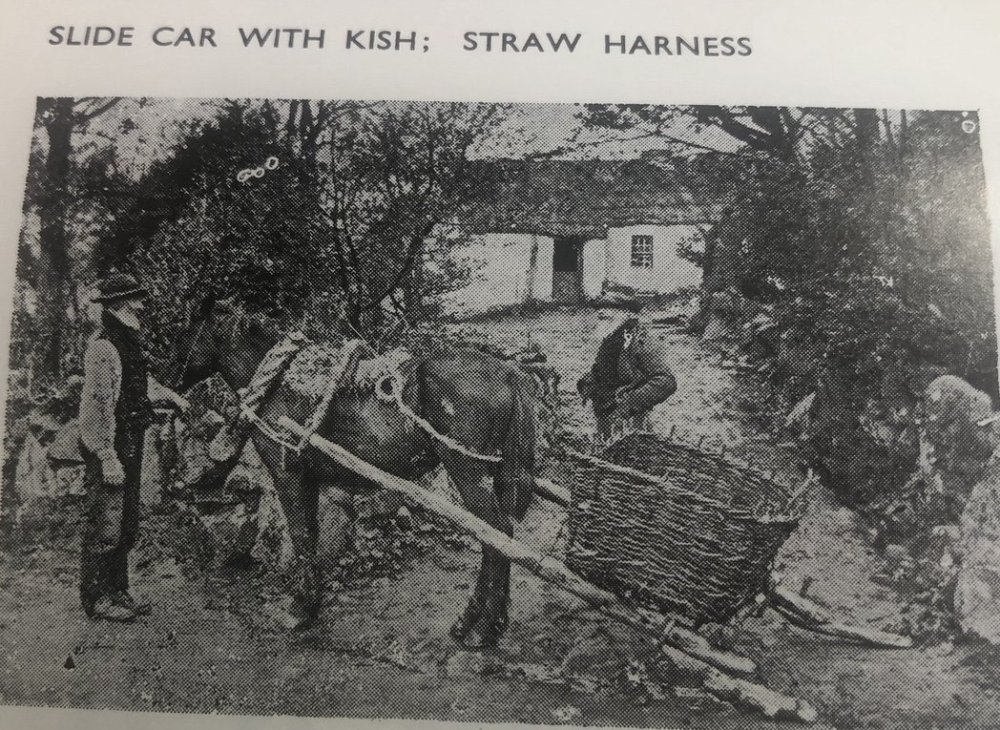
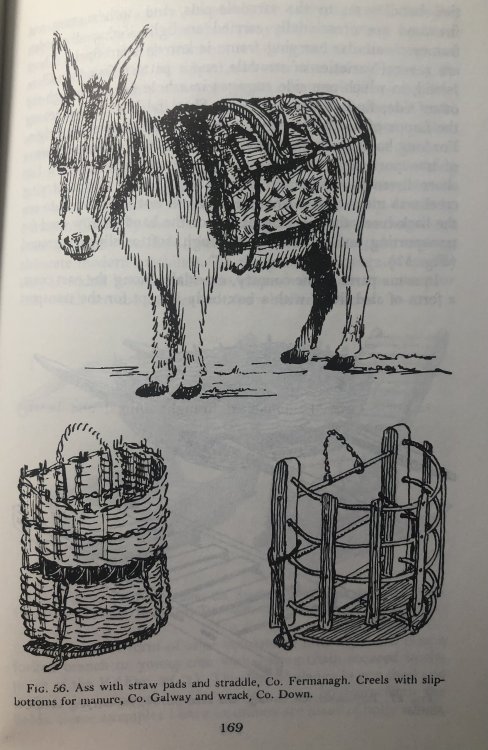

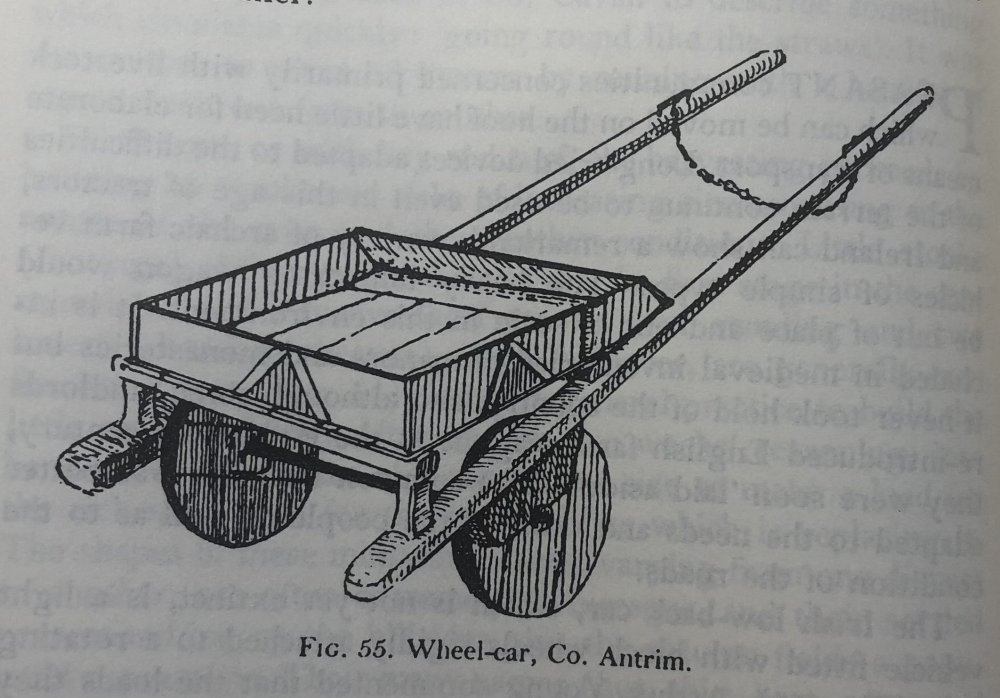
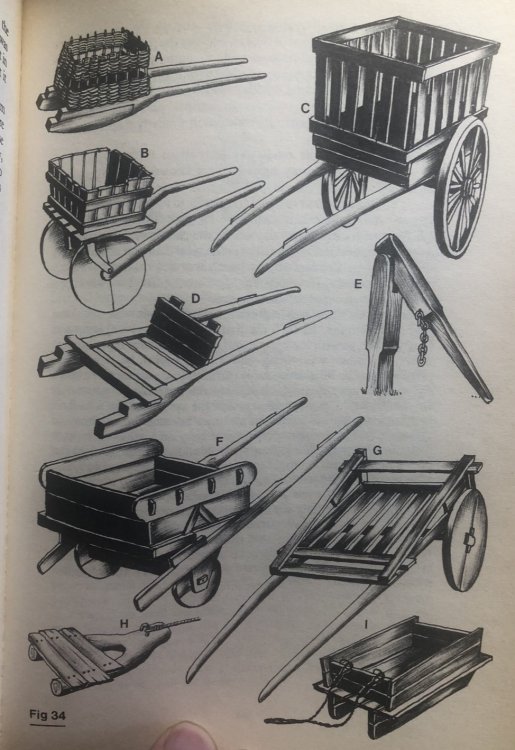
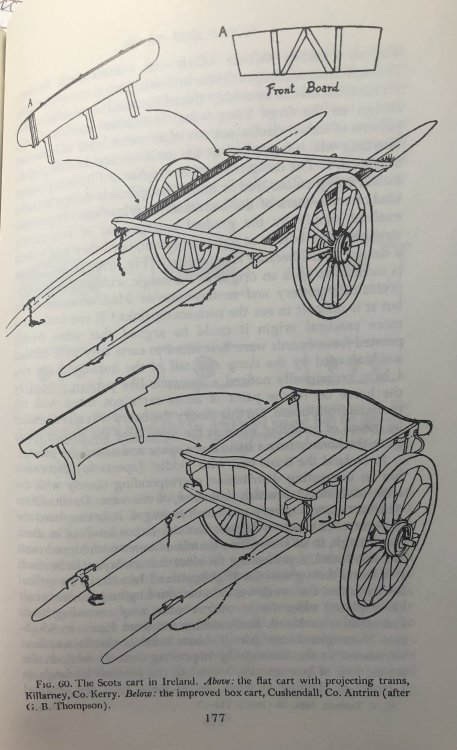
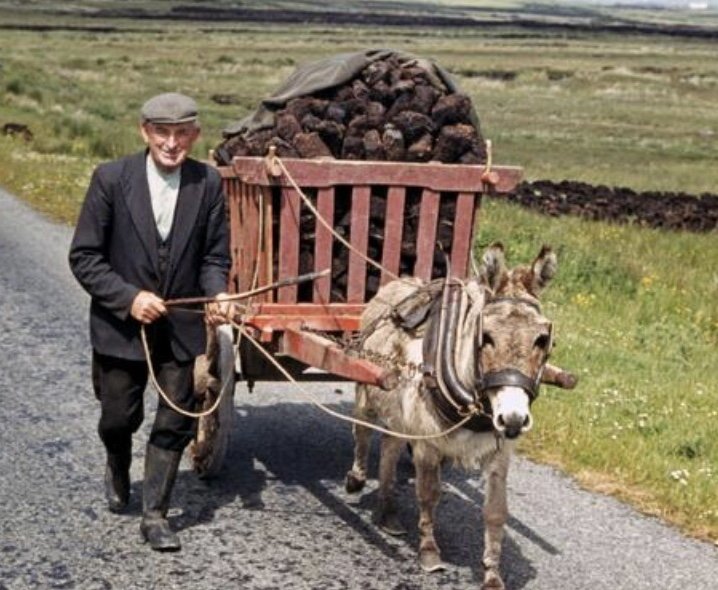
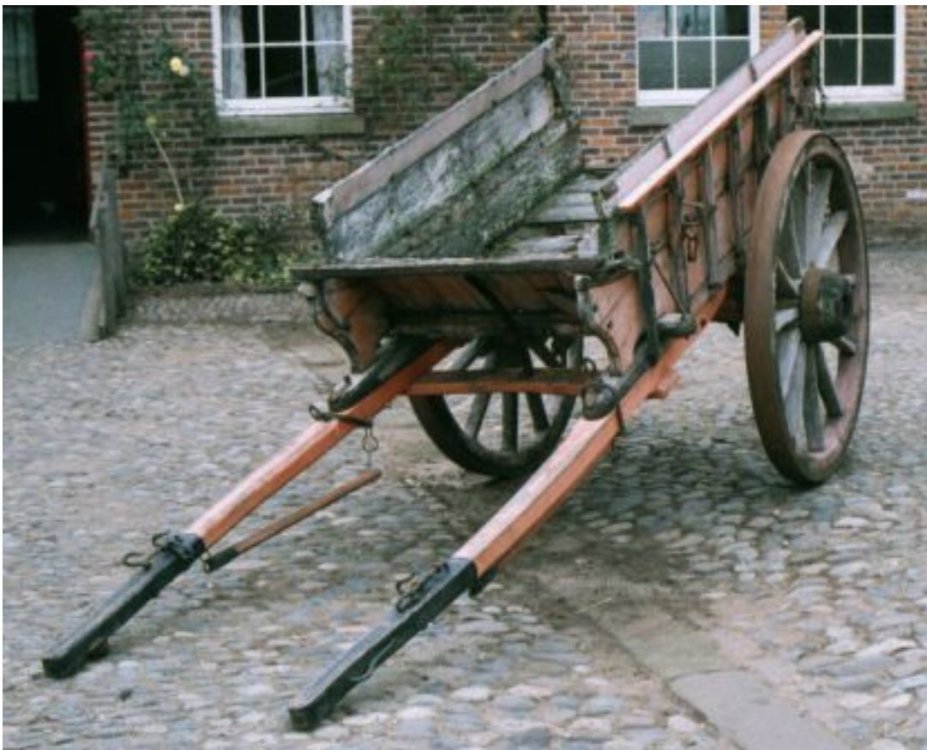
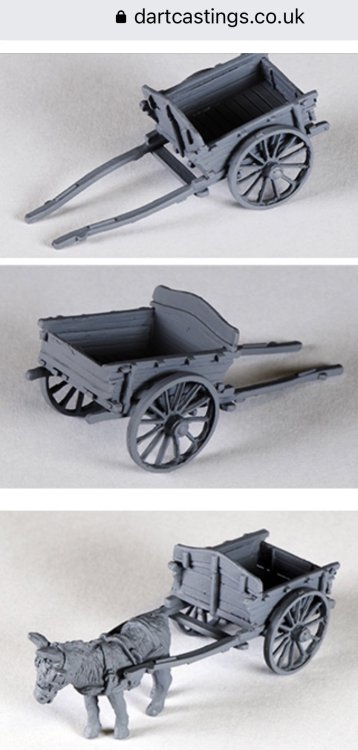
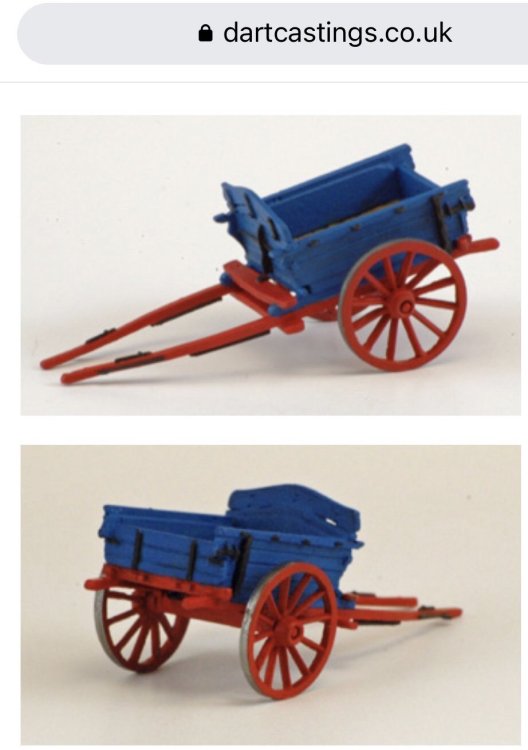
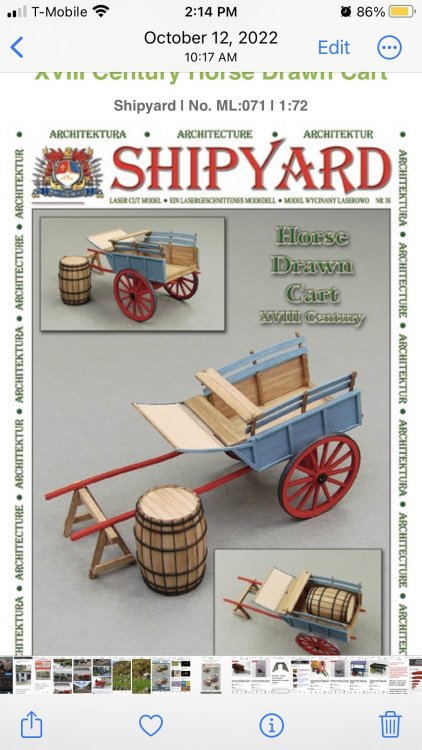
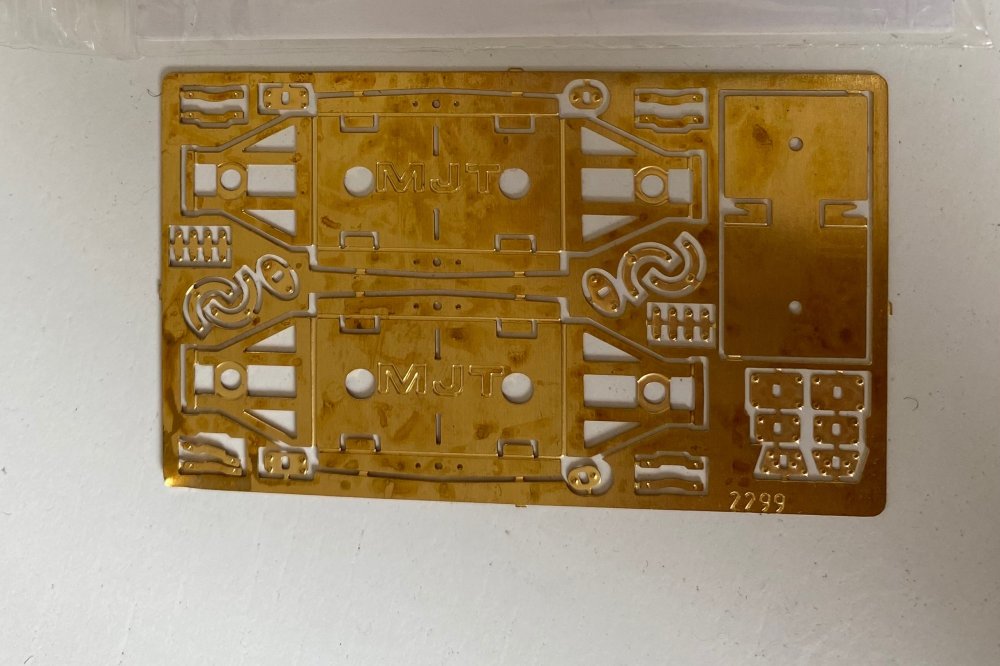
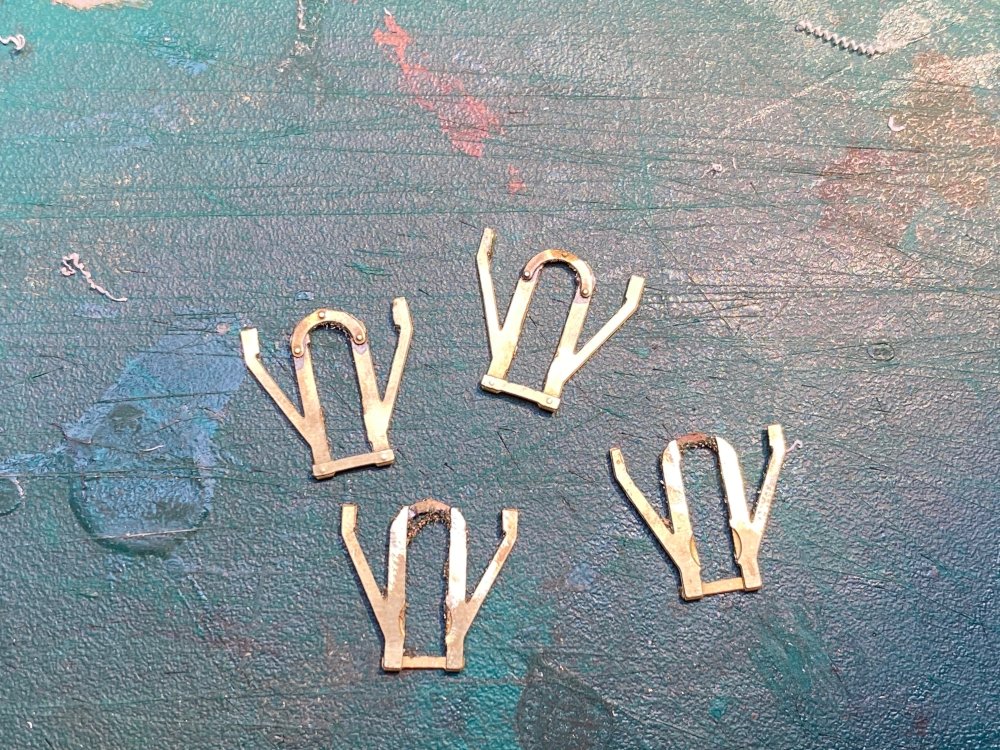

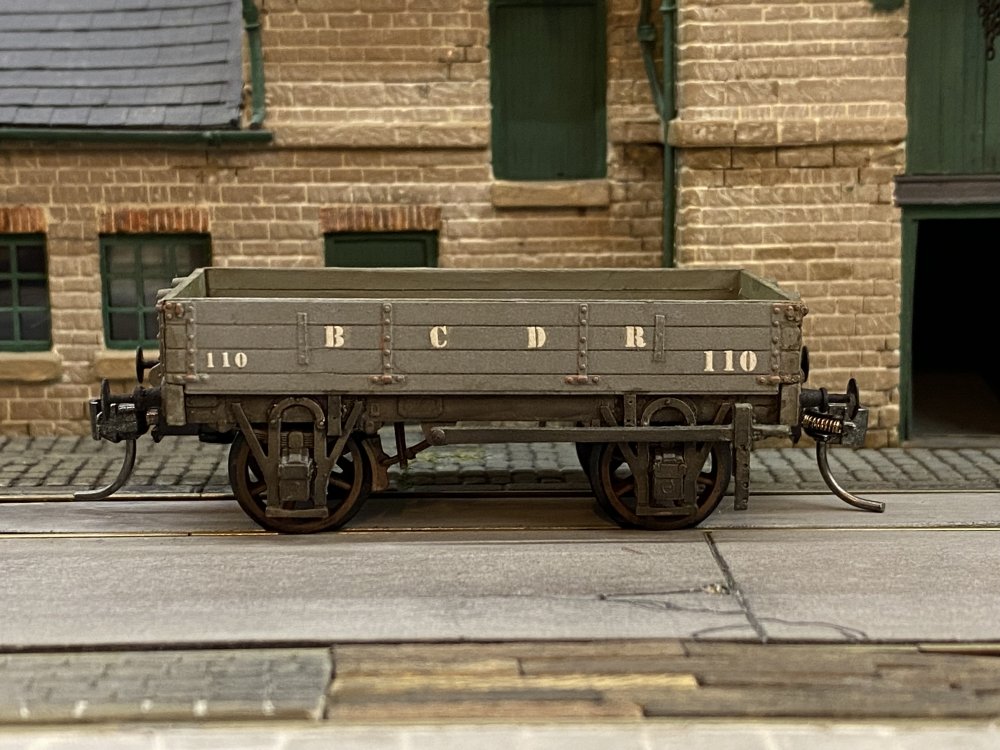
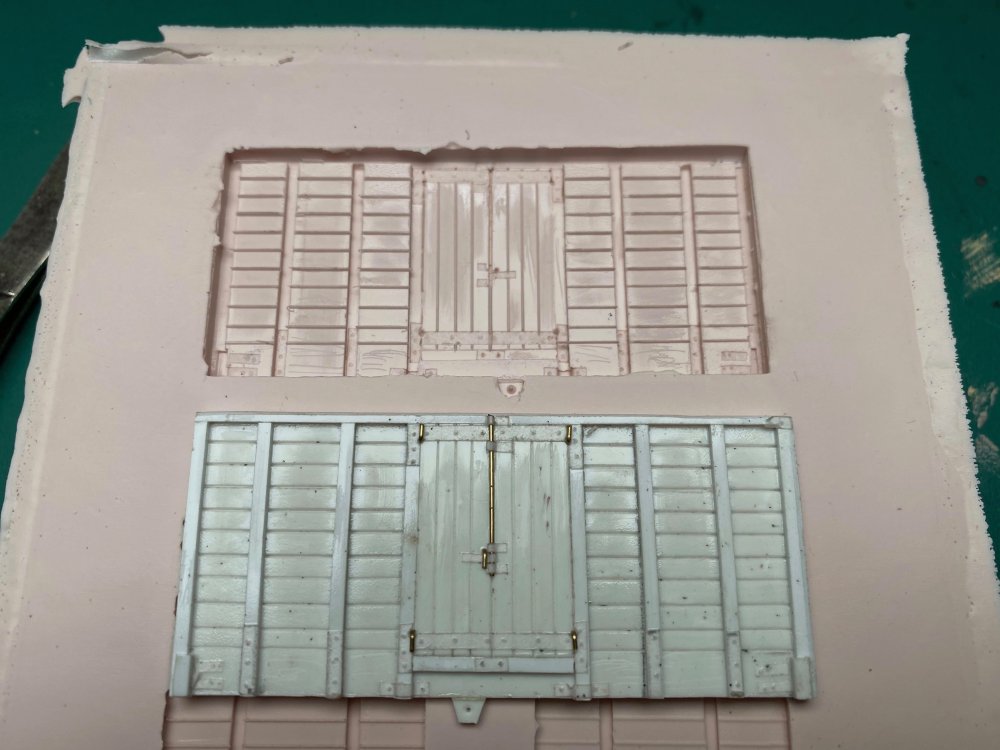
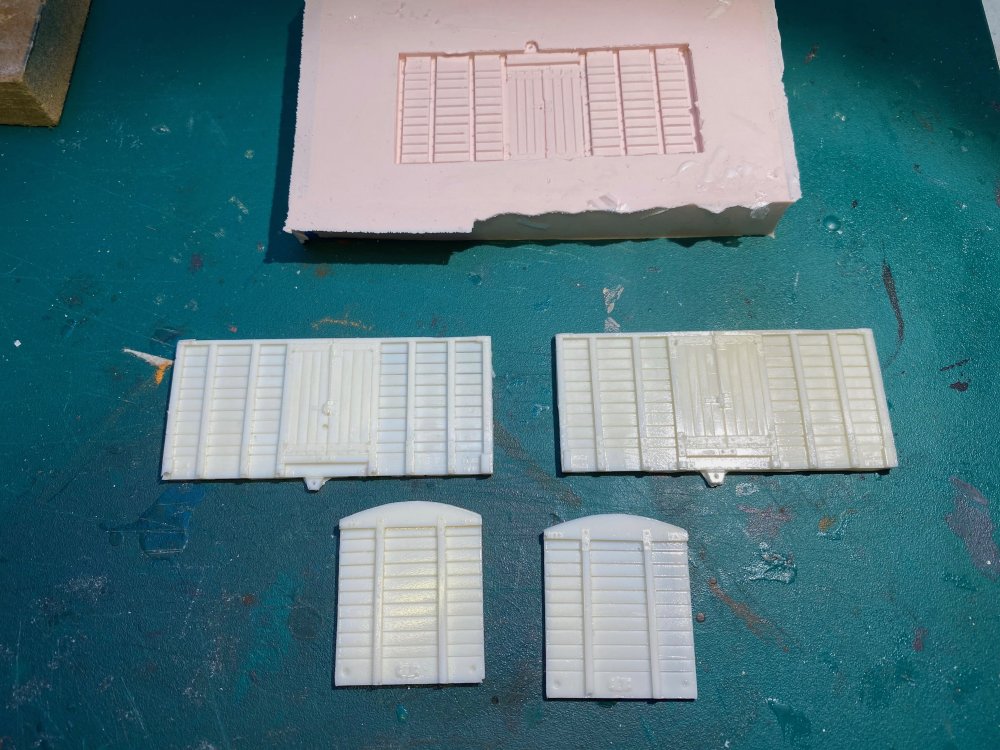
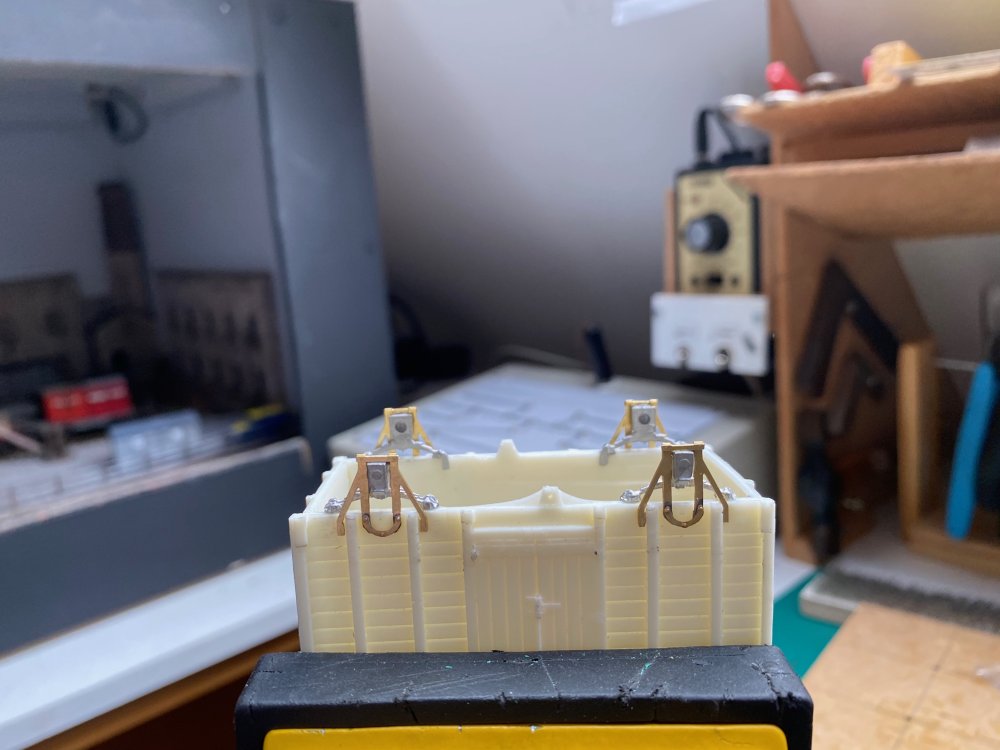

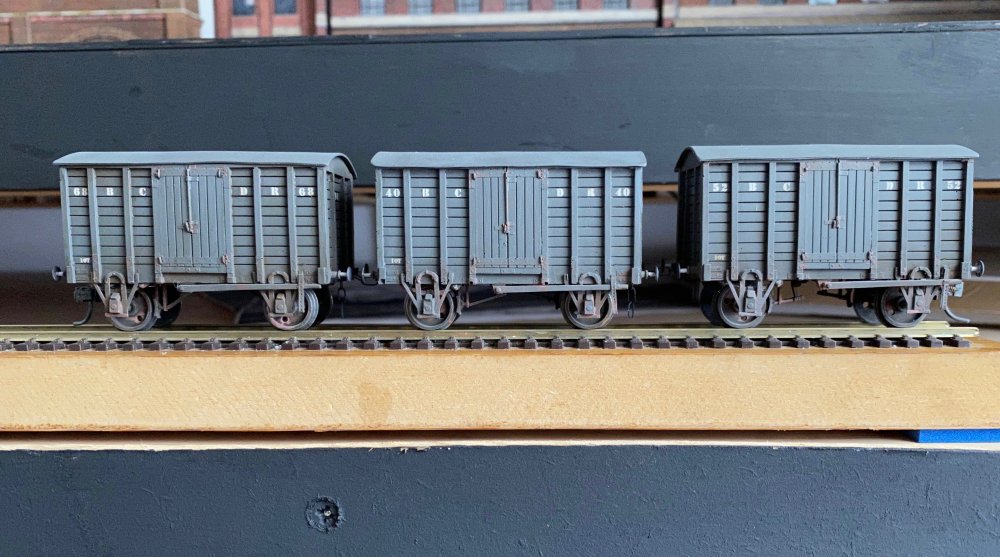
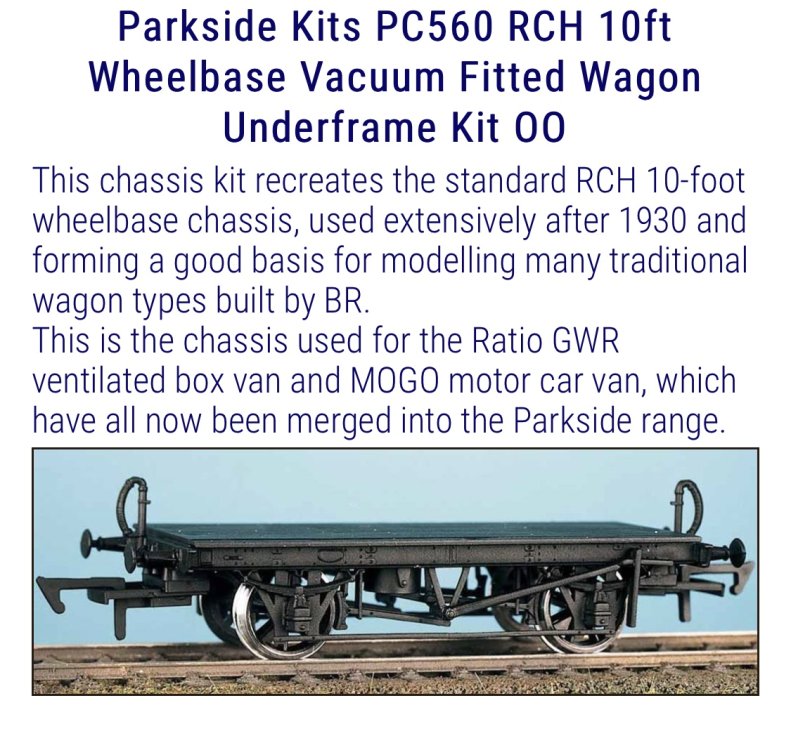
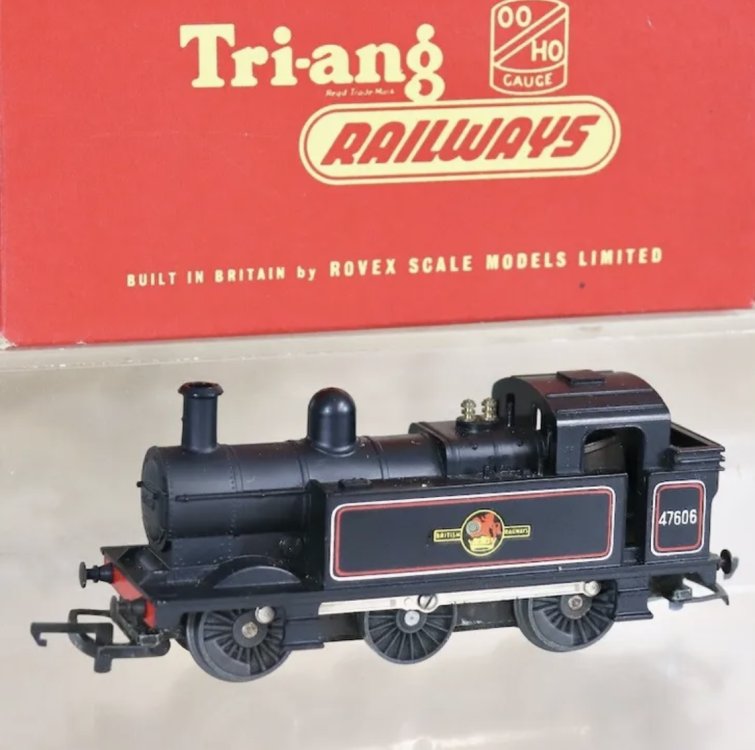
Tralee and Dingle Light Railway
in General Chat
Posted
That’s such a shame Colin! That one photo above is from the Bristol museum - maybe they have more related to it? (Sorry I hate taking no for an answer!)
John